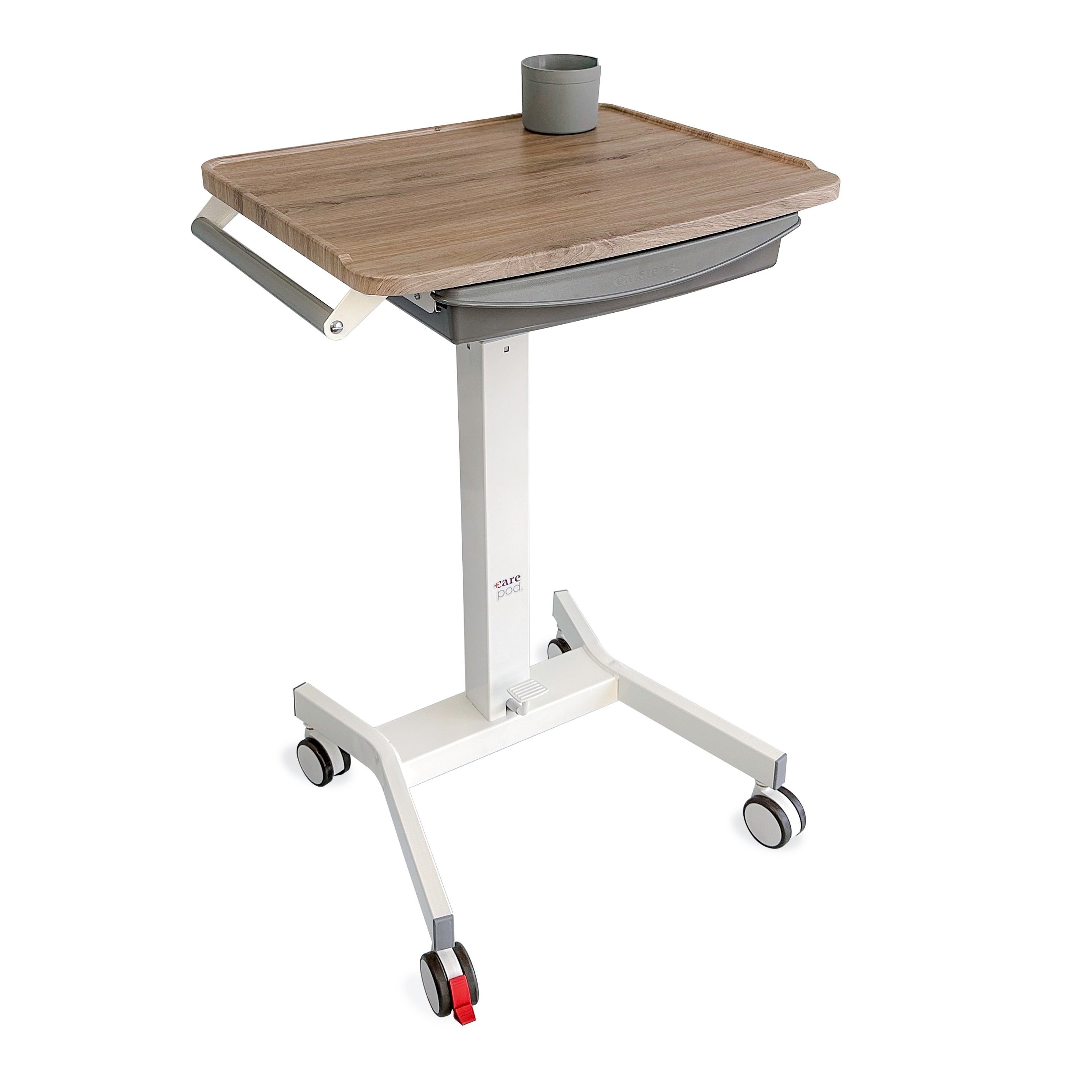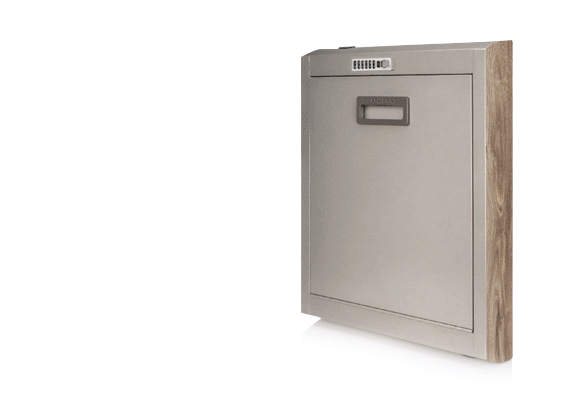Trends Impacting The Design of Healthcare Environments
It’s an old design axiom that form follows function. This suggestion is nowhere more true than in the healthcare environment. In a habitat that is so completely focused on results, those results and the needs of patients influence every element of design. Additionally, new technologies, practices, and emergencies appear at an accelerating rate. These developments also factor into the critical thought for effective environmental design. While some elements are constant, such as the necessity for efficiency in healthcare design work, others develop and change over time. These current trends will steer the direction of the way medical spaces evolve in the coming years.
Related: Mobile Workstations
Focus on Employee Wellness
While the COVID-19 crisis highlighted the problem to a highly stark degree, healthcare workers possess a long-standing reputation for hard work. Long hours, high levels of stress, and life-or-death situations create a toll on healthcare professionals frequently unseen in other career paths. Many nurses and doctors express high levels of burnout, particularly after extended emergencies like COVID-19, and people are paying attention.
The result in the design world is that hospitals and healthcare facilities will begin to reimagine their employee spaces. The goal will be to create better recuperative environments for healthcare workers to help prevent burnout. Facilities may start taking a cue from corporate backgrounds, establishing outdoor recreation spaces, more wellness-focused break rooms, and areas for socialization.
Embracing New Technology
New technologies consistently have a substantial impact on design. Between the development of robotics and artificial intelligence for medical facilities and wearable technologies to the growing demand for telemedicine, healthcare spaces will have to adapt to new technological needs. These solutions will range from reimagining waiting rooms and public spaces to developing efficient means of accommodating new devices. The result may be smaller waiting rooms due to lower demand for space from patients. It also suggests a need for dedicated space for practitioners to hold telemedicine appointments. These might be small spaces with dedicated computer access where doctors can meet their patients virtually.
Are you in the market for medical supplies, medical binder accessories, and furniture? Check out Carsten’s to fulfill your needs!
Cost Reduction
A perennial concern is cost reduction, but with the recent economic woes, this factor has come to the forefront of people’s minds. The design challenges associated differ from those previously presented. Instead of focusing on new construction to accommodate medical requirements, projects are more likely to move toward consolidation, renovation, and development of flexible-purpose spaces. Rather than developing brand new design solutions for new projects, design challenges will include retrofitting existing spaces for use in new and flexible ways. New projects will likely focus on revenue-generating options like operating rooms.
Reactions to COVID-19
Space design is likely to respond to recent concerns raised by COVID-19. The new structure will avoid cross-contamination, which will require different types of spaces that allow hospitals to quickly and completely isolate them from the rest of the hospital. It may also include establishing atria where staff can remove PPE without letting it into the rest of the hospital. Also, it suggests rethinking shared areas. Waiting rooms may need to be redesigned or made smaller to reduce the risk of exposure. Likewise, shared workspaces may be redesigned, established with reduced capacity, or eliminated where possible.
Flexibility and Resilience
Dealing with a worldwide pandemic has highlighted the necessity of flexibility and resilience in adapting to new challenges. During the pandemic, this problem was often tackled with hastily-constructed temporary work areas because the medical facilities themselves didn’t offer the kind of adaptability necessary to cope with surges of the size was seen. As a result, new design challenges emerge. These include developing spaces that can readily change from one form to another. For instance, the new design paradigm might focus on open format work areas that can rapidly transform into care facilities to serve in sudden desperate situations.
Related: Wall-mounted Work Stations
Supply Line Sustainability
Another concern that came to the forefront recently was the consideration of supply lines for medical facilities. With many hospitals running out of critical supplies at crucial moments recently, it became clear that a new approach to supply lines was necessary. While the solutions employed may vary, the need for storage is genuine. Solutions may range from new centralized offsite facilities designed to house stockpiles of supplies to adapting existing spaces onsite for storage with tools like locking racks. Creating efficient ways of accomplishing these goals will be a crucial design challenge going forward.
Consumer-centered Thinking
Until recently, hospital design was focused almost entirely on critical functions. People designed waiting rooms to seat many people for short periods. They developed exam rooms to fit an exam table, a storage cabinet, and very little else. The vast majority of space and effort ensured that surgeries, tests, and examinations could be carried out efficiently and effectively. While this is still the primary goal of a successful design for a healthcare environment, there are growing demands regarding patients and their families. As a result, the medical industry is looking more closely at consumer-oriented needs. This factor means a new focus on establishing spaces that offer comfort instead of just functionality. That includes a move toward private rooms for patients, which creates a design challenge for maximizing capacity. It also includes establishing separate bathrooms and sleeping spaces for patients’ friends and families during extended stays. The quality of these facilities will also be affected by consumer expectations.
Hospital Specialization
As options evolve regarding outpatient treatment, telemedicine, and other alternative forms of care, the purposes of hospitals evolve as well. Rather than maintaining their establishment as a one-stop shop for all medical concerns, they will increasingly focus on very ill patients. The result is that the forms hospitals take will begin to change, along with the focus of the design. This change will range between establishing spaces customized for specific ailments and areas designed for the longer-term stays associated with more severe illness. It will also focus on the necessary auxiliaries concerned, such as more and better facilities for the associates of very ill patients.
Do you need help outfitting your medical environment? Go to Carsten’s now to find the help you need!
Conclusion
There are many factors influencing the design of healthcare facilities, and they range from merely useful to the demands of consumers regarding comfort and aesthetic appeal. Combining these disparate needs into final design solutions represents a considerable challenge for the most knowledgeable designers. However, as we continue through the twenty-first century, the rate of change and associated challenges will only accelerate.
Related: Charting Supplies






